All-terrain vehicles (ATVs) are as popular as ever, yet a new study from Nationwide Children's Hospital hopes to alert Americans about the dangers of ATVs — especially for children.
The study found that over the past 25 years, each day an average of 31 children were treated in U.S. emergency departments for ATV-related head and neck injuries. What's more, experts say and preliminary data show motor sports have become even more popular during the coronavirus epidemic.
“When you’re going 30 miles an hour and you hit a tree, you may not get a second chance. At that speed, with heavy machines like that, one mistake can be life-changing," Dr. Gary Smith, director of the Center for Injury Research and Policy at Nationwide Children’s Hospital, in Columbus, Ohio, and senior author of the study, said in a press release.
Kristen Almer knows this all too well: Her 11-year-old nephew died in an all-terrain vehicle (ATV) accident in 2013. She's since started a program promoting power sports safety to kids and parents.
On May 24, 2013, heading into Memorial Day weekend, Logan Almer, who lived with his father, mother and older brother in Minong, Wisconsin, got on his dad's ATV when no adults were around, Almer told TODAY. He wasn't wearing a helmet or other protective gear and drove the vehicle toward the road. When he reached the road, he sharply turned because he knew not to drive the vehicle on pavement, but in the process, the vehicle flipped twice, crushing and killing Logan, Almer recalled.
Logan Almer, 11, died in an ATV accident in May 2013.Courtesy of Kristen Almer"We don't know all the details, but it's pretty obvious that when Logan got on that machine, he had no idea what he got his hands on," she said. "It was horrifying, graphic, brutal, unbelievable situation."
Almer added that Logan's parents "were very concerned about the safety of their sons" and that the ATV key was usually frozen in a block of ice.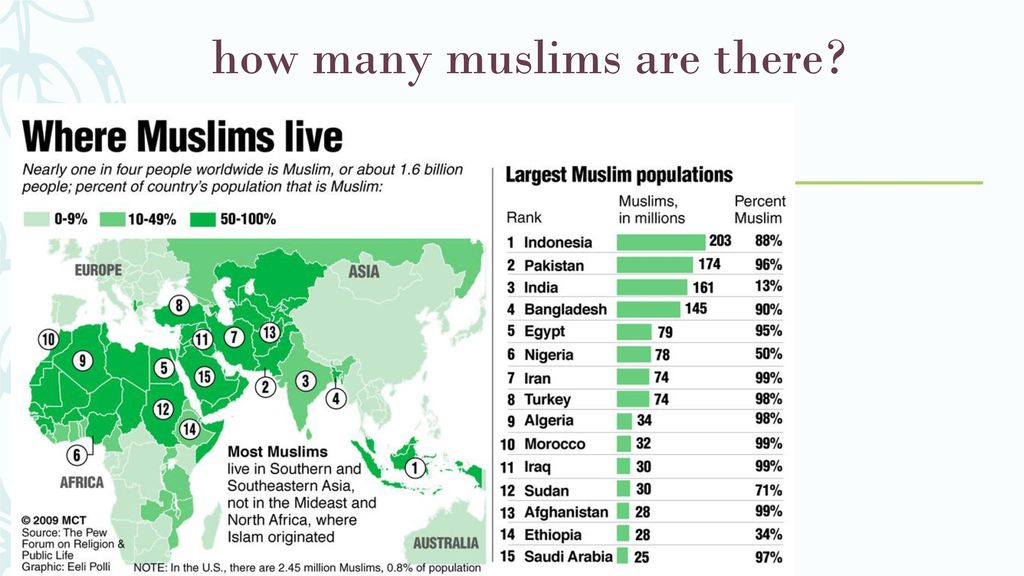 At the time of Logan's death, his older brother, Hunter, was doing his online certification on ATV safety. Almer, herself, has worked in the motor sports industry for decades, which made the loss that much harder.
At the time of Logan's death, his older brother, Hunter, was doing his online certification on ATV safety. Almer, herself, has worked in the motor sports industry for decades, which made the loss that much harder.
"I couldn’t believe this happened to my family," she said.
Between 1982 and 2018, there were at least 15,744 ATV-related fatalities, per the Consumer Product and Safety Commission. Of these, 3,353 were in children younger than 16, about 1 in 5. According to 2018 data from nonprofit the Insurance Institute for Highway Safety, in 80-90% of deaths, the victims weren't wearing helmets.
According to a Consumer Federation of America report from 2018, July is the month with the most fatalities due to off-highway vehicles (OHVs), and the date with the highest number of fatalities is July 4.
The CPSC numbers do not include deaths related to other off-road vehicles, such as utility-terrain vehicles (UTVs), Almer stressed.
"People don't realize the danger that's afoot," she said. "People will say, 'We're not really concerned. Our kids don't ride.' ... The fact of the matter is kids who don't ride, they're the ones who are unfamiliar, who we need to get the message to."
Dr. Bret Nicks, a professor of emergency medicine at Wake Forest University in Winston-Salem, North Carolina, and spokesperson for the American College of Emergency Physicians, told TODAY he's seen a recent increase in injuries and fatalities related to ATVs as their popularity grows.
"The power behind them ... is markedly greater than it was a decade ago," he said. "People have to recognize that ATVs are not toys. They're fun, and yes, they have very small ones, but they're incredibly heavy, and they have lots of power."
The most common ATV injuries in kids, according to Nicks, are from falling off without wearing proper gear.
"They have on flip-flops and shorts, maybe a tank top or a T-shirt, so we see lots of contusions, injuries to the skin," he said.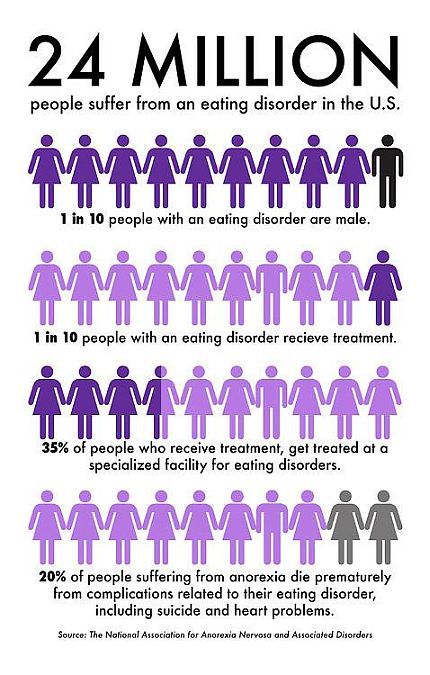
Arm, leg and ankle fractures are also common, he added, and one of the most dangerous situations occurs when kids are ejected from the vehicle at a great distance.
"Then we have concerns for head injury, multi-system trauma inside their chest, inside their belly, organ injuries and those types of things," he said.
With ATVs, "there are appropriate ways to go about having tremendous amounts of fun," Nicks said. But taking necessary precautions is crucial and possibly lifesaving. Per the ATV Safety Institute:

Almer added that educating kids about the risks of power sports is one of the most effective ways to protect them.
"We don't throw our kids who don’t how to swim off a dock into 12-foot water. With power sports, it's the same thing," she said. "I don’t care whether you live in the city, you ride or you don’t ride — this is an issue that pertains to you."
This story was originally published in July 2020.
Maura Hohman
Maura Hohman is the senior health editor for TODAY.com and has been covering health and wellness news and trends since 2015, when she graduated from journalism school. Her byline has appeared on TODAY, NBC News, US News & World Report, People, Everyday Health, WhatToExpect.com, History.com and more. Her interests include women's health, racial health disparities, mental health and COVID-19.
All-Terrain vehicles (ATV) are a popular motorized vehicle that allows riders to travel off-road into the outdoors and sometimes at great speeds.
Also known as a “quad” or “four wheeler,” they come with three or four-wheels, low-pressure tires, a handlebar for steering, and hand controls for braking and acceleration. The rider straddles the bike.
They are intended for a single rider with no passenger.
There are ATVs made specifically for youngsters and you will see a label on the ATV with the age requirement. ATVs intended for adults generally can go faster and are larger and too heavy for a young person or adolescent to handle.
An ATV is not a toy. Serious injury can occur with the improper use of an ATV.
Another form of ATV is a UTV or Utility Task Vehicle. It is a four-wheeler off-road vehicle surrounded by a steel cage and equipped with seat belts and a wind screen. It is intended for more than one rider.
ATV Accidents
From 1982 to 2014, the federal government reports there were 362 deaths in Alabama related to ATV accidents.
Every year nationwide approximately 135,000 individuals are injured in ATV-related accidents. There are between 300-400 people killed annually in these accidents with one-third of them children under the age of 16.
Ages 15 to 24 saw the largest number of ATV operator fatalities, according to the US Department of Transportation (DOT).
The age group of 35 to 44 had the highest percentage of ATV operators involved in fatal crashes with a blood alcohol concentration (BAC) of 0.08% or higher, reports the National Highway Traffic Safety Administration (NHTSA) crash statistics from 2004 to 2013.
In 2018, there were 8 ATV-related fatalities in Alabama, according to the Consumer Federation of America. The state reached a death toll peak of 20 ATV occupant fatalities in 2009.
That number is on the rise, according to the CPSC, because of the accelerated sales of ATVs. The summertime is the peak season for off-road injuries.
The summertime is the peak season for off-road injuries.
Injuries occur when an individual is thrown from the ATV and suffers head trauma or bodily injury.
Other injuries result when the ATV flips and lands on top of the rider.
These are preventable injuries if you follow the industry safety advice.
ATV Safety
When riding an ATV you will want to make sure you wear a DOT compliant helmet that protects your eyes and your head. Make sure it fits properly and the chin strap is secure.
Other safety measures include:

ATV Dangers
It is possible that your ATV has a defective part installed in its system. That is why some are recalled for defective clutch, tires, fender, or throttle. If a defective part caused your ATV accident you may be able to file a product liability claim against the manufacturer.
For example, Kawasaki has just recalled about 2,600 Teryx off-highway vehicles due to an incorrect joint assembly that can cause steering loss. Last March, Kawasaki also recalled about 2,600 Mule Pro MX off-highway utility vehicles because there was a problem with the fuel tank cap gasket that can allow fuel to leak, posing a fire hazard.
The company had received about seven reports of vehicles catching fire.
The largest recall was in 2016 of the Polaris off-highway vehicles when 133,000 were recalled due to a fire hazard. The company had received reports of fires resulting in the death of a 15-year-old passenger in a rollover that resulted from a fire.
As part of our representation of your interests, attorney J. Allen Brown will determine the cause of the crash of your off-road vehicle. If you sustained a personal injury due to the negligence of others, Mr. Brown will be thorough in the investigation of your case. Contact his Mobile office at 251- 220-3199 for a free consultation and case assessment.
By J. Allan Brown | Posted on November 25, 2019 Tags: alabama, atv accidents
In 2019, the top 10 causes of death accounted for 55% of the world's 55.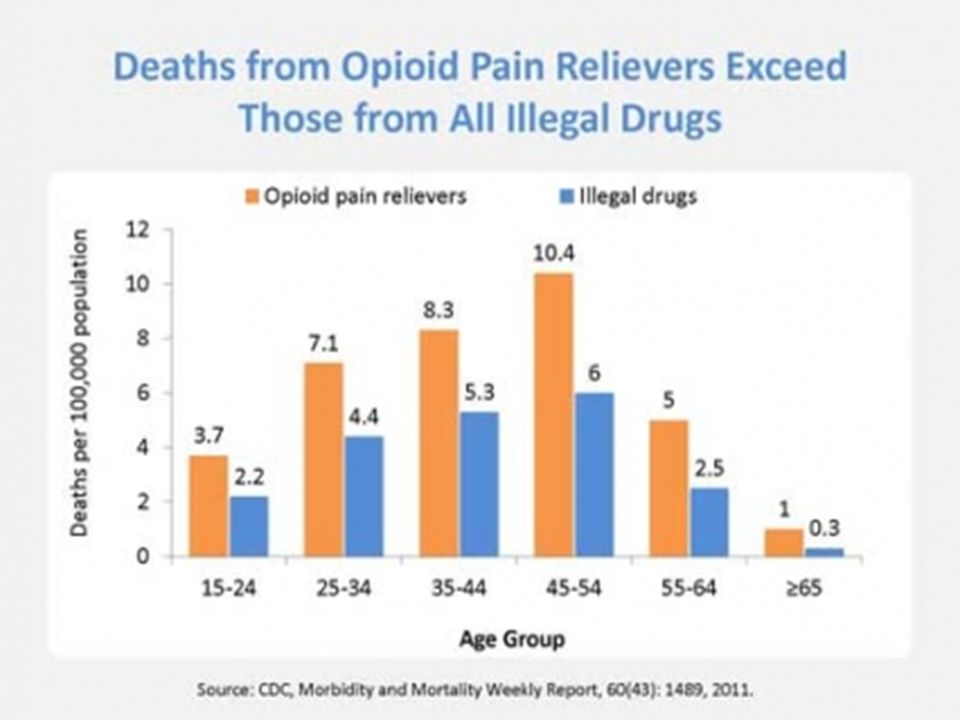 4 million deaths.
4 million deaths.
The main causes of death in the world are associated with three large groups of diseases: cardiovascular (ischemic heart disease, stroke), respiratory (chronic obstructive pulmonary disease, lower respiratory tract infections) and neonatal pathological conditions (asphyxia of newborns and birth trauma, sepsis and other infectious diseases of newborns, as well as complications of preterm birth) (in descending order of the total number of deaths).
Causes of death can be classified into three categories: transmissible (infectious and parasitic diseases, as well as pathological conditions during pregnancy, childbirth and feeding), non-communicable diseases (chronic) and injuries.
Globally, in 2019, noncommunicable diseases accounted for seven of the ten leading causes of death. These seven causes accounted for 44% of the total number of deaths and 80% of the deaths caused by the top ten causes of death.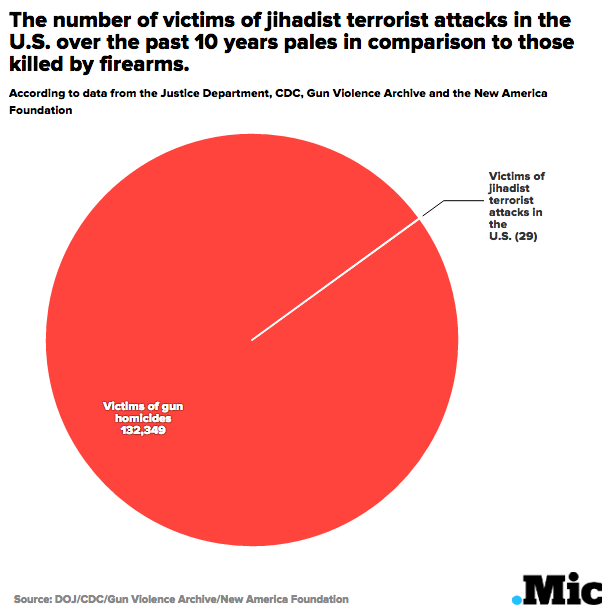 At the same time, all non-communicable diseases combined accounted for 74% of deaths recorded in the world in 2019
At the same time, all non-communicable diseases combined accounted for 74% of deaths recorded in the world in 2019
The most common cause of death is coronary heart disease, accounting for 16% of all deaths worldwide. The greatest increase in mortality since 2000 was due to this disease: by 2019, mortality from it increased by more than 2 million cases and reached 8.9 million cases. Stroke and chronic obstructive pulmonary disease are the second and third leading causes of death, accounting for approximately 11% and 6% of total deaths, respectively.
Lower respiratory tract infections remain the fourth leading cause of death in the world, and the first among infectious diseases. However, mortality from such infections has declined significantly: in 2019 it was 2.6 million cases, which is 460 thousand less than in 2000.
Neonatal pathological conditions rank fifth. At the same time, global mortality from these conditions over the past two decades has shown one of the most pronounced declines in absolute terms: in 2019They killed 2 million newborns and young children, 1. 2 million fewer than in 2000.
2 million fewer than in 2000.
Mortality from non-communicable diseases is on the rise. Cancer of the trachea, bronchi and lungs showed an increase in mortality from 1.2 million to 1.8 million cases and ranked sixth among the leading causes of death.
Alzheimer's disease and other types of dementia were the seventh leading cause of death in 2019. Women are especially susceptible to these diseases. They account for 65% of deaths from Alzheimer's disease and other types of dementia in the world.
Globally, deaths from intestinal infections have dropped significantly, from 2.6 million in 2000 to 1.5 million in 2019.
Diabetes has become one of the top ten causes of death, with a significant increase in mortality since 2000 - by 70%. Among men, the increase was even greater, by 80%, the largest increase in deaths for men since 2000 among the top ten causes of death.
Other diseases, which were among the top ten causes of death in 2000, have been removed from this list.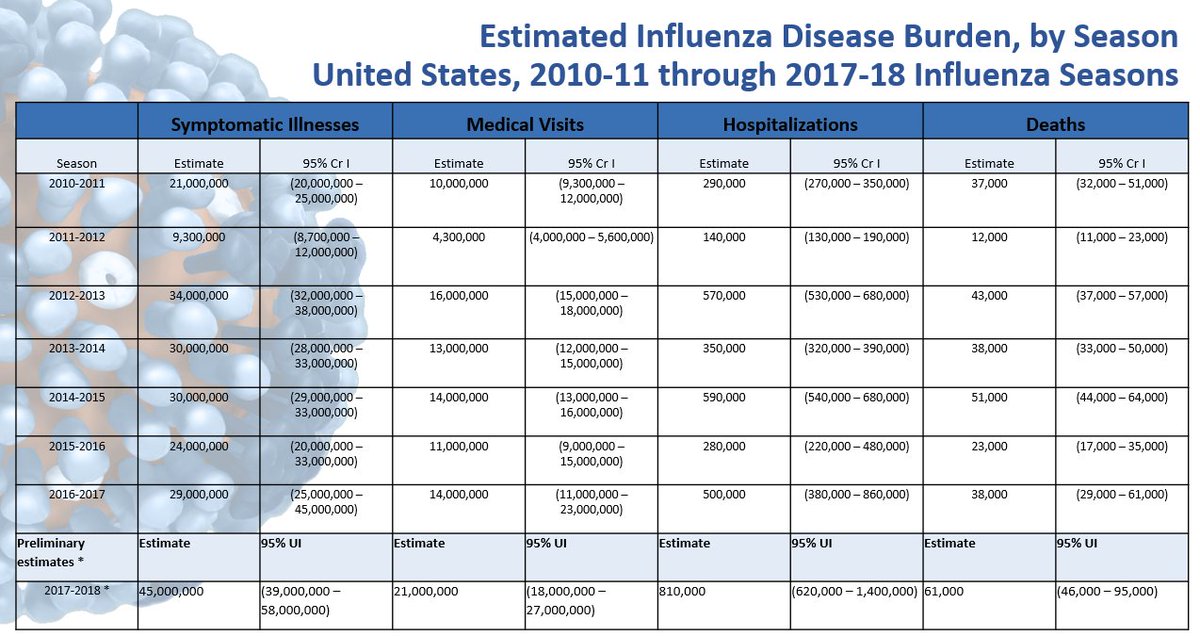 One of them was HIV/AIDS. Over the past 20 years, mortality from this disease has fallen by 51%, as a result of which, from eighth place, which it occupied in 2000, in 2019g. it moved to the nineteenth.
One of them was HIV/AIDS. Over the past 20 years, mortality from this disease has fallen by 51%, as a result of which, from eighth place, which it occupied in 2000, in 2019g. it moved to the nineteenth.
Kidney diseases have risen from thirteenth to tenth place. Mortality from these diseases increased from 813,000 in 2000 to 1.3 million in 2019. Gross national income is divided into four groups: low, lower middle, upper middle and high income.
In low-income countries, communicable diseases significantly outnumber non-communicable diseases as causes of death. Despite a global decline in deaths from infectious diseases, they account for six out of 10 deaths in low-income countries.
Malaria, tuberculosis and HIV/AIDS remain among the top ten causes of death in these countries. At the same time, mortality from these three diseases shows a significant decrease. HIV/AIDS showed the largest decline in mortality among the top ten causes in these countries: from 395,000 cases in 2000 to 161,000 in 2019, i.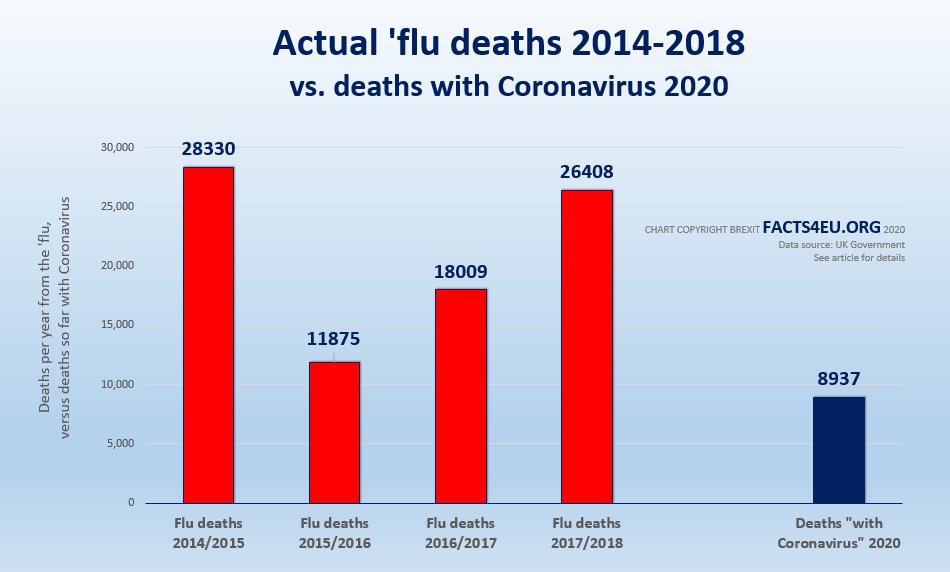 e. by 59%.
e. by 59%.
Intestinal infections are a larger cause of death in low-income countries and are among the top five causes. However, these infections show the second largest decrease in mortality among the top ten causes in these countries, by 231,000 cases.
Mortality from chronic obstructive pulmonary disease in low-income countries is negligible compared to countries in other groups. In low-income countries, the disease is not among the top ten causes of death, while it is in the top five in all other country groups.
Lower middle-income countries show the most diverse set of top ten causes of death: five non-communicable diseases, four communicable diseases and injuries. In this group of countries, the importance of diabetes is growing: it has moved from 15th place to ninth, the number of deaths from this disease has almost doubled since 2000.
In this group of countries, enteric infections continue to be a major problem among the top ten causes of death.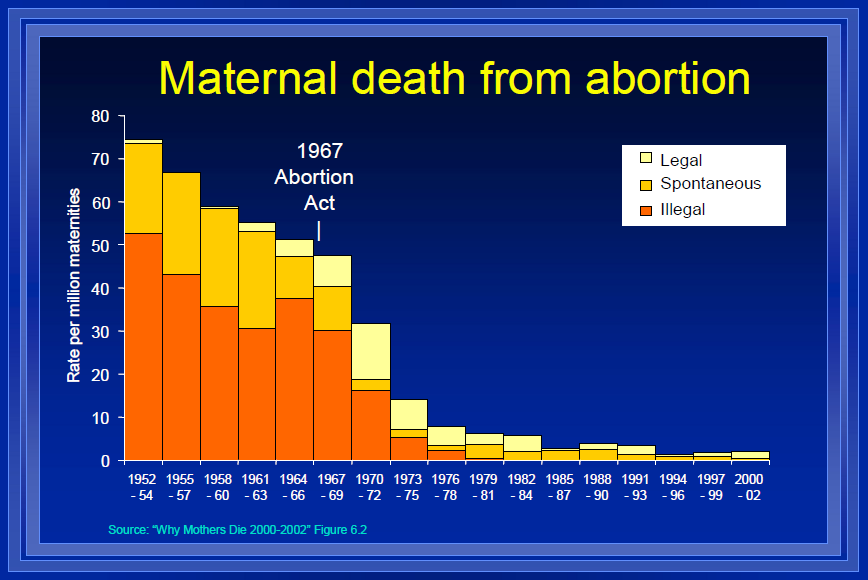 However, this category of diseases is characterized by the most significant decrease in the absolute number of deaths, which from 2000 to 2019decreased from 1.9 million to 1.1 million cases. The largest increase in the absolute number of deaths is associated with ischemic heart disease: since 2000, it has increased by more than a million, reaching 3.1 million cases. Of the top ten causes of death in the previous list in 2000, HIV/AIDS has seen the largest decline in mortality, moving from 8th to 15th place.
However, this category of diseases is characterized by the most significant decrease in the absolute number of deaths, which from 2000 to 2019decreased from 1.9 million to 1.1 million cases. The largest increase in the absolute number of deaths is associated with ischemic heart disease: since 2000, it has increased by more than a million, reaching 3.1 million cases. Of the top ten causes of death in the previous list in 2000, HIV/AIDS has seen the largest decline in mortality, moving from 8th to 15th place.
Upper middle-income countries saw a marked increase in lung cancer deaths, up by 411,000; this is more than double the increase in mortality in all three other country groups combined. In addition, upper-middle-income countries have a high mortality rate from gastric cancer compared to other groups of countries; this is the only group of countries where the disease continues to be among the top ten causes of death.
One of the most notable reductions in the absolute number of deaths is from chronic obstructive pulmonary disease, with a decrease of nearly 264,000 deaths to 1.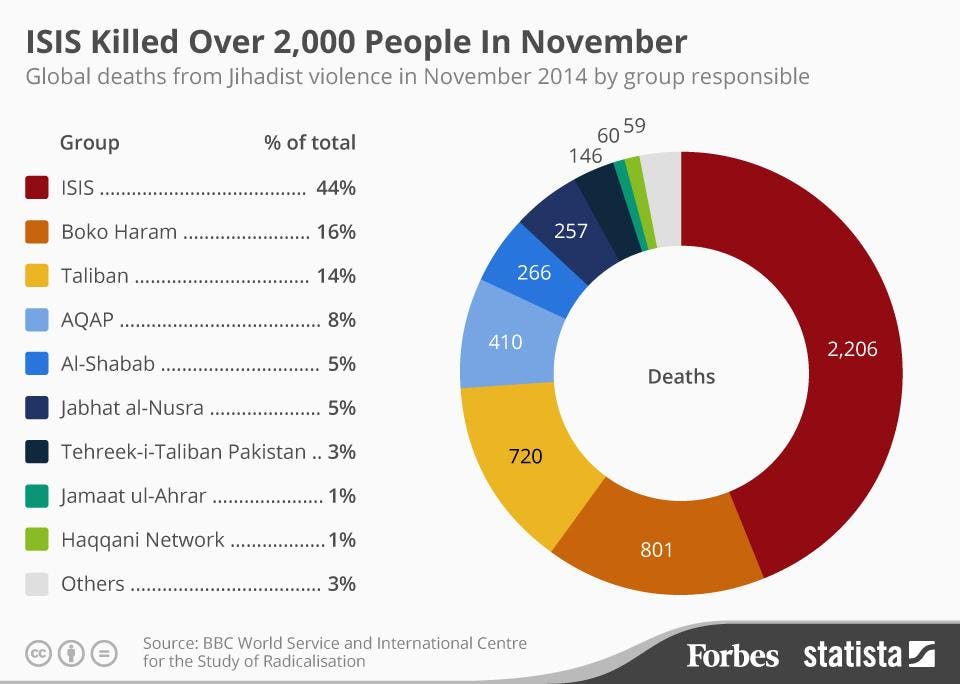 3 million. At the same time, deaths from coronary heart disease increased by more than 1.2 million cases, which is the largest increase in the absolute number of deaths from this cause among all groups of countries.
3 million. At the same time, deaths from coronary heart disease increased by more than 1.2 million cases, which is the largest increase in the absolute number of deaths from this cause among all groups of countries.
Only one infectious disease (lower respiratory tract infection) is among the top ten causes of death in upper-middle-income countries. It is noteworthy that since 2000, suicide deaths in this category of countries have decreased by 31%, to 234,000 cases in 2019.d.
Deaths from all but two of the top 10 diseases are on the rise in high-income countries. Ischemic heart disease and stroke are the only causes of death among the top ten for which the total number of deaths in 2000-2019 decreased by 16% (or 327,000 cases) and 21% (or 205,000 cases) respectively. The only group of countries that has seen a decline in deaths from these two diseases is the group of high-income countries. However, coronary heart disease and stroke remain among the top three causes of death in countries in this group: in 2019they caused the death of a total of more than 2. 5 million people. In addition, mortality from hypertensive heart disease is on the rise. Following a global trend, this disease has risen from 18th to 9th place in the list of leading causes of death.
5 million people. In addition, mortality from hypertensive heart disease is on the rise. Following a global trend, this disease has risen from 18th to 9th place in the list of leading causes of death.
Deaths from Alzheimer's disease and other forms of dementia have risen to overtake stroke to become the second leading cause of death in high-income countries, killing 814,000 people in 2019. And, as in upper-middle-income countries, only one category of infectious diseases, lower respiratory tract infections, was among the top ten causes of death.
Knowing why people die is necessary in order to improve the lives of the population. Determining how many people die each year helps us evaluate the effectiveness of our health systems and direct resources where they are needed most. For example, mortality data can help focus efforts and resources in sectors such as transport, agri-food, environment and health.
In the context of COVID-19 infectionthe urgent need for countries to invest in strengthening civil registration and vital registration systems to ensure that deaths are recorded daily, as well as direct prevention and treatment measures, has become clear.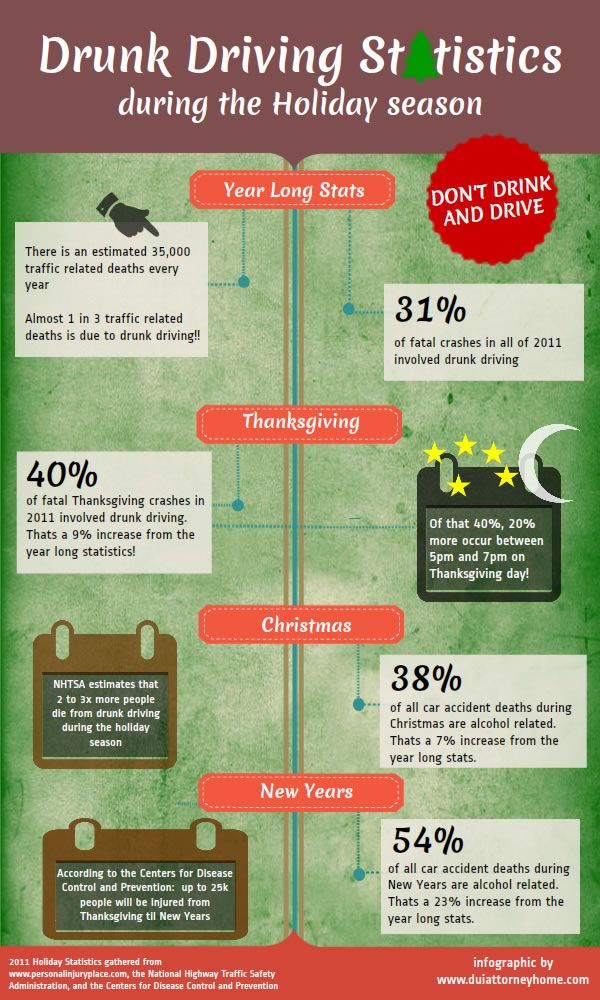 This environment has also exposed the fragmented data collection systems that characterize most low-income countries, where policymakers still lack accurate information about how many people die and for what reasons.
This environment has also exposed the fragmented data collection systems that characterize most low-income countries, where policymakers still lack accurate information about how many people die and for what reasons.
To address this critical gap, WHO, in collaboration with global partners, launched the COVID-19 Loss Identification: Technical Mortality Recording and Epidemic Response Package. With the help of the project's tools and guidance on live mortality reporting, countries are able to collect data on total deaths by day, week, gender, age and location, which will allow health officials to initiate health improvement actions more timely.
In addition, the World Health Organization is developing standards and best practices for data collection, processing and aggregation based on the consolidated and improved International Classification of Diseases (ICD-11), a digital platform that facilitates timely and accurate cause-of-death data that provides countries with the ability to regularly generate and use health information that meets international standards.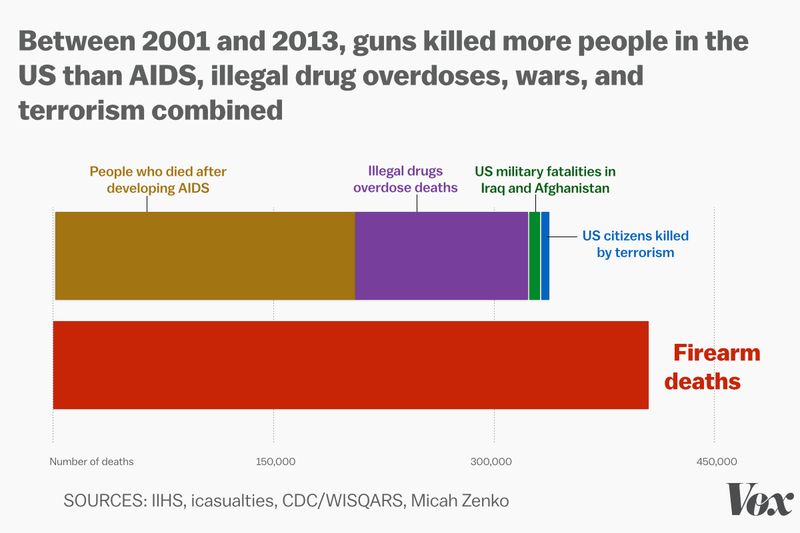
Regular collection and analysis of high-quality case and cause-of-death data, as well as disability data disaggregated by age, sex and geographic location, is essential to improving health and reducing mortality and disability worldwide.
The global health estimates published by WHO from which information for this fact sheet is extracted provide comprehensive and comparable health data, including life expectancy, healthy life expectancy, mortality and morbidity, and the burden of disease at global, regional and country levels, disaggregated by age, sex and cause of death. Estimates published in the 2020 report on trends in over 160 illnesses and injuries by year from 2000 to 2019
November 13, 2018 17:23
Source: Vesti.Science
How many premature deaths occur in our country due to unusually warm or cold weather? Now scientists know the answer that will help improve the Russian healthcare system.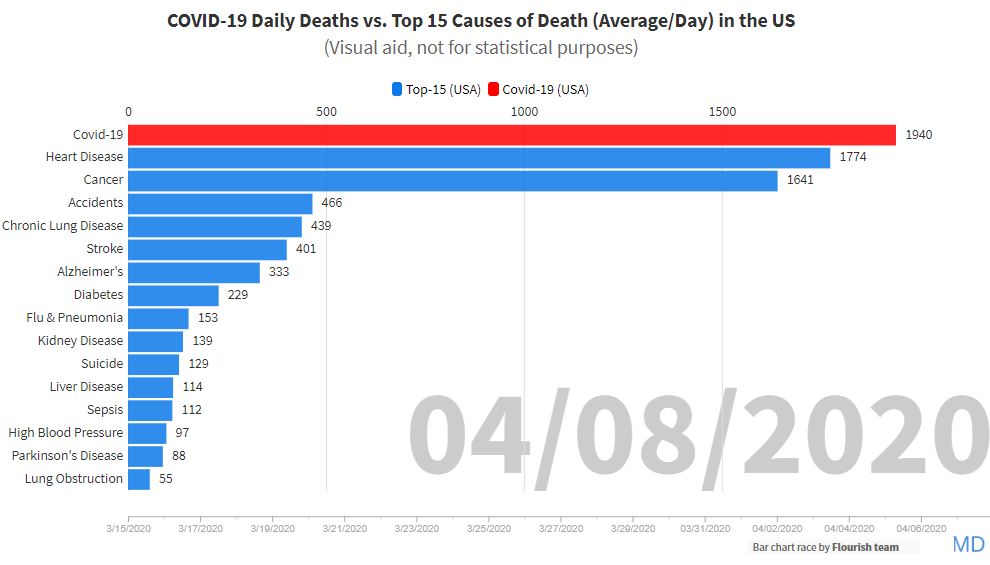 The results of the study were published in the journal Economics and Human Biology (the results were supported by a grant from the Russian Science Foundation - editor's note of the site rscf.ru) .
The results of the study were published in the journal Economics and Human Biology (the results were supported by a grant from the Russian Science Foundation - editor's note of the site rscf.ru) .
Global climate change leads to the fact that natural disasters and abnormal weather events occur more often and become more intense. This inevitably leads to a deterioration in the health and socio-economic conditions of people's lives. Scientists around the world are trying to assess this influence and find ways to counter it.
The authors of the article showed that when analyzing the impact of climate on mortality, it is important to take into account both cold and heat waves (several days with extremely high or low air temperatures following one another) and individual days of cooling and warming.
"Our work makes a methodological contribution, since the existing world literature considered the influence of either only single days with anomalous temperature, or only cold and heat waves," said the co-author of the paper Olga Popova from Ural Federal University named after B. N. Yeltsin .
Scientists have calculated how many people die prematurely due to such vagaries of the weather. For example, it turned out that a single day with a temperature above 25 ° C costs the lives of 12 women per million and 21 men per million. These people could live if the temperature remained within 19–22 °C.
"We took mortality data for men and women of each age from regional statistics and, based on our model, calculated how many people from each age group could die from the effects of abnormal temperatures. Then, based on life expectancy, we calculated how many years in On average, a person from a certain age group will not survive.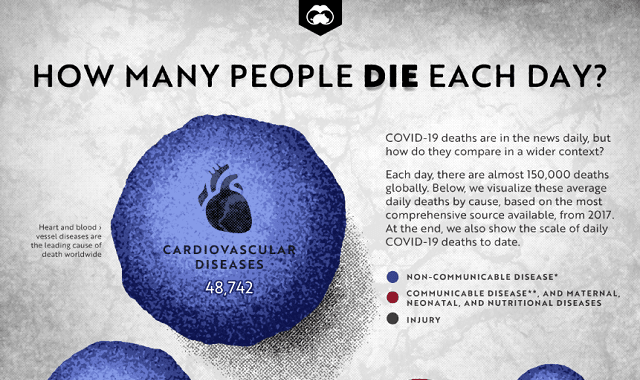 By summing up the number of "lost" person-years, we estimated the economic damage, because without these extreme temperatures, people could live and work longer, "explains Popova.
By summing up the number of "lost" person-years, we estimated the economic damage, because without these extreme temperatures, people could live and work longer, "explains Popova.
Data over the past 25 years have shown that heat and cold waves increase mortality in all age groups and both sexes. In addition, it turned out that in the case of cold, only the waves, and not individual cold days, increase mortality, while in the case of heat, both individual days and heat waves have a detrimental effect.
The results of the work allow us to conclude that excessive mortality due to an increase in the number of hot days during global warming can be partially offset by a decrease in the number of cold waves.
These findings are particularly relevant to health policy-making. Considering the unique climatic conditions of Russia (several climatic zones and a wide range of temperatures), this work is also important from an international point of view, as it allows drawing conclusions about the impact of heat and cold waves in other regions of the world.